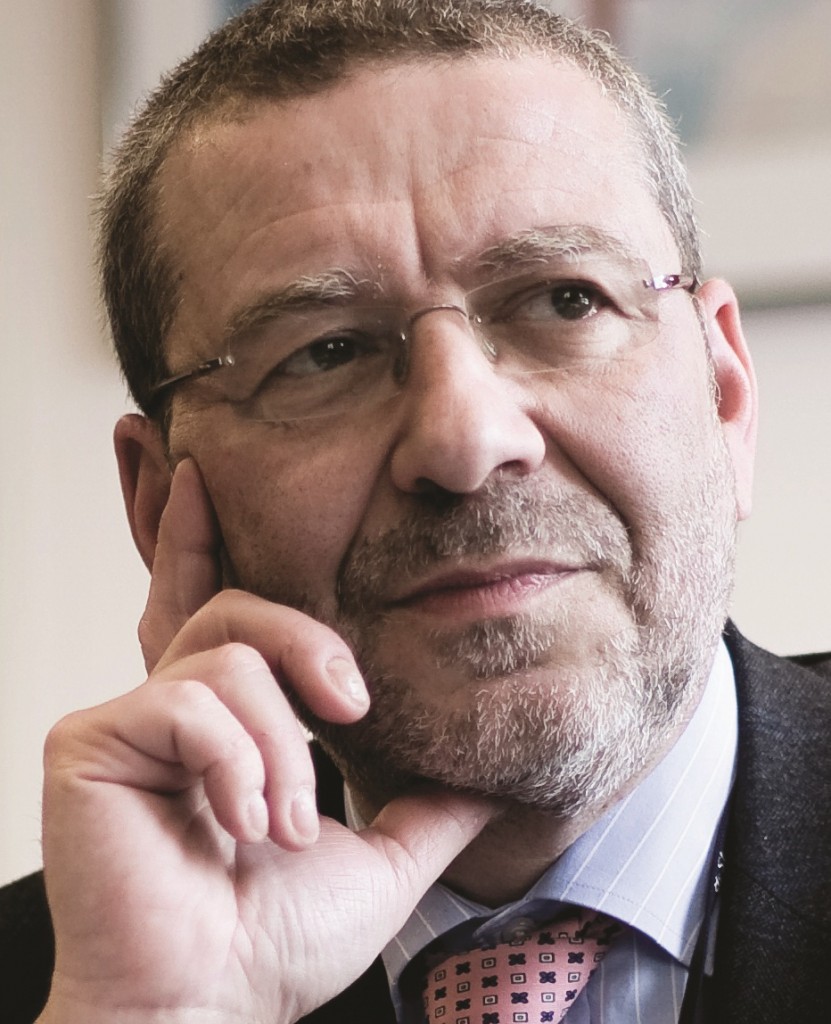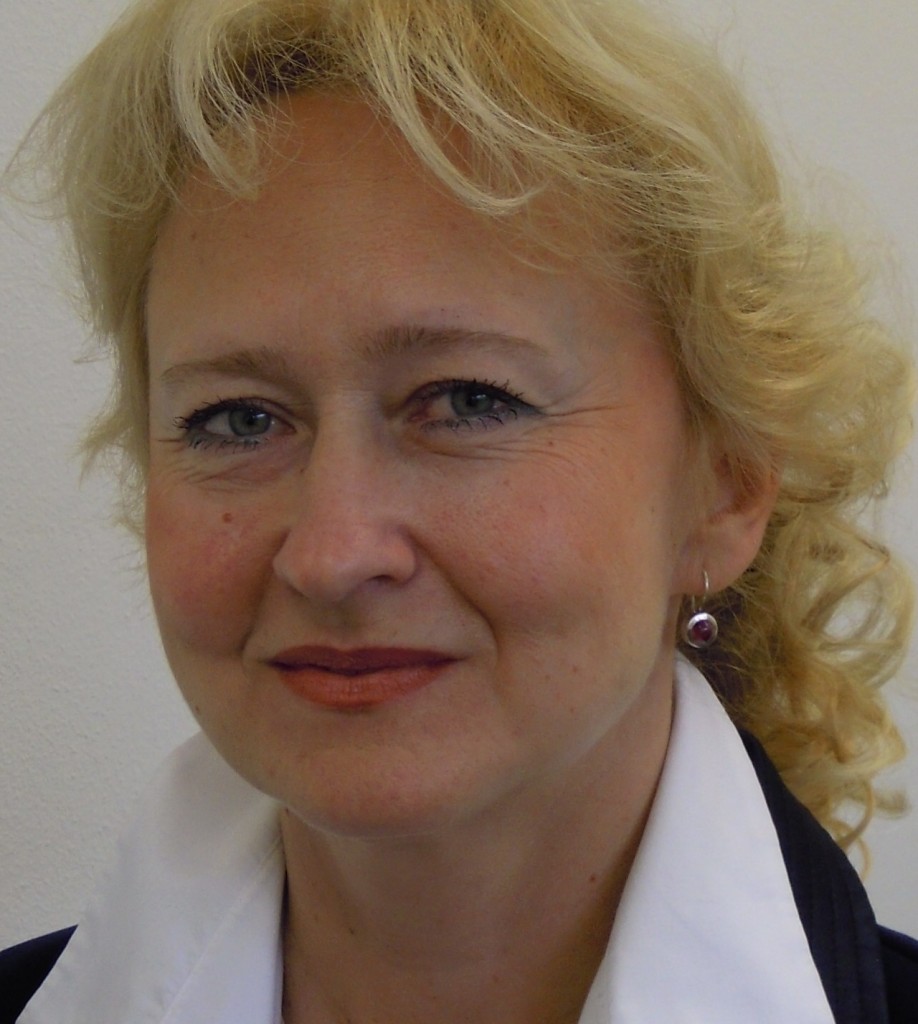ECR 2013 Focus: Personalised Radiology
As acknowledged in last year’s ESR white paper on the subject, the concept of personalised medicine (PM) is becoming an increasingly hot topic. The patient-centred principles of PM have the potential to take over as the dominant philosophy in clinical healthcare in the relatively near future, which would see the focus of the medical world gradually shifting away from the current system of ‘disease care’, towards an approach based on prediction and prevention. However, although most radiologists are aware of the idea of PM and rightly consider medical imaging to already be among the most personalised aspects of healthcare, there is perhaps a need for more awareness of the exact nature of this new paradigm, and specifically a need for recognition – from within and outside the discipline – of the role that medical imaging should play.

ESR President Prof. Gabriel P. Krestin will chair the Professional Challenges Session on personalised medicine
A Professional Challenges Session at ECR 2013, chaired by the ESR President, Prof. Gabriel Krestin, will aim to raise awareness of the core principles of PM and highlight the factors that radiologists will need to consider in order to adapt their approach to training, clinical practice and research.
“The whole idea of PM, and the role of imaging within it, is relevant to all of us,” said Krestin, from the Erasmus Medical Centre, Rotterdam, Netherlands. “It is a concept that will gain in importance in the coming years and it will have an increasing influence on the way we work as radiologists. I think many people have heard of PM, but certainly not everyone will have a sound conception of exactly what it is or its full implications for imaging and our daily practice. To be aware of this, and the possibilities that will probably multiply in the coming years, is very important.”
PM is frequently described as ‘delivering the right treatment to the patient, at the right time’. The majority of healthcare professionals would probably argue this is what they have always aspired to, but technological developments that allow increasingly numerous biological changes and disease indicators to be identified with biomarkers, often before symptoms occur, mean the ability to predict and therefore prevent disease is improving significantly. Application of the same technology to the monitoring of treatment response means that therapies can now be tailored to the individual, to an extent far beyond traditional capabilities. In addition, advances in ‘omics’ technologies (such as metabolomics, proteomics, genomics) allow the majority of diseases to be predicted and treatments to be personalised based on genetic information and individual molecular profiles.
Despite the increasing involvement of molecular and genetic science in the development of PM, radiology remains a vital player, not least because many biomarkers related to preclinical or asymptomatic development of disease can be visualised with imaging. Imaging can also provide information after initial signs have been detected that simply cannot be obtained by other means, such as the precise location and extent, the possible involvement of adjacent structures, and characteristics such as perfusion, flow, metabolism and diffusion.
Prof. Olga Golubnitschaja, Secretary-General of the Brussels-based European Association for Predictive, Preventive and Personalised Medicine (EPMA), who will also speak at the session, is convinced of the importance of radiology in advancing the personalised approach to medicine, which should involve closer cooperation and communication between radiologists and groups such as laboratory medicine and biotechnologists.
“I think professional partnerships with other complementary groups should be heavily promoted, and this idea should be included in national and international meetings as much as possible. For personalised medicine to be effective, we need to take an integrated approach to healthcare and each group needs to learn about the complementary technologies under the remit of the others,” said Golubnitschaja. “But I think the radiologist is the key position among all stakeholders in this approach. Even if you consider predictive blood tests performed by laboratory scientists, the aim of the test is to calculate the probability of secondary pathologies. These tests still need to be verified with a conventional methodology such as MRI, so the involvement of radiology is indispensable. Without radiologists I don’t think personalised medicine is viable either now or in the future, so it is important that radiologists are aware of the part they can play.”

Prof. Olga Golubnitschaja is Secretary-General of the European Association for Predictive, Preventive and Personalised Medicine (EPMA) and will speak on ‘Personalised medicine: hope or hype?’
During Golubnitschaja’s own lecture, ‘Personalised medicine: hope or hype?’ she will provide examples of the successes of a personalised approach to healthcare as well as an outline of the current limitations to the full implementation of PM. In her view, it is crucial to raise awareness of its advantages among the public, as well as the medical professions, and to make changes in education systems now, in order to begin preparing for the introduction of advanced personalised methods in daily practice.
“There is a huge amount of work to be done, in developing education programmes that include elements of predictive and personalised medicine at universities, updating clinical guidelines, informing all kinds of healthcare related organisations, providing expert recommendations, and trying to stimulate the political decisions at the top of the chain. There are a lot of stakeholders involved and a lot of decisions to be made, so currently I think the task of spreading the word and distributing information is very important, and this is what I hope we will be doing at ECR 2013,” she said.
The ESR and EPMA signed a Memorandum of Understanding in 2012 to consolidate their official cooperation in the promotion of predictive diagnostics, targeted preventive measures and personalised patient treatment.
Professional Challenges Session
Saturday, March 9, 16:00–17:30
PC 11: Personalised radiology


